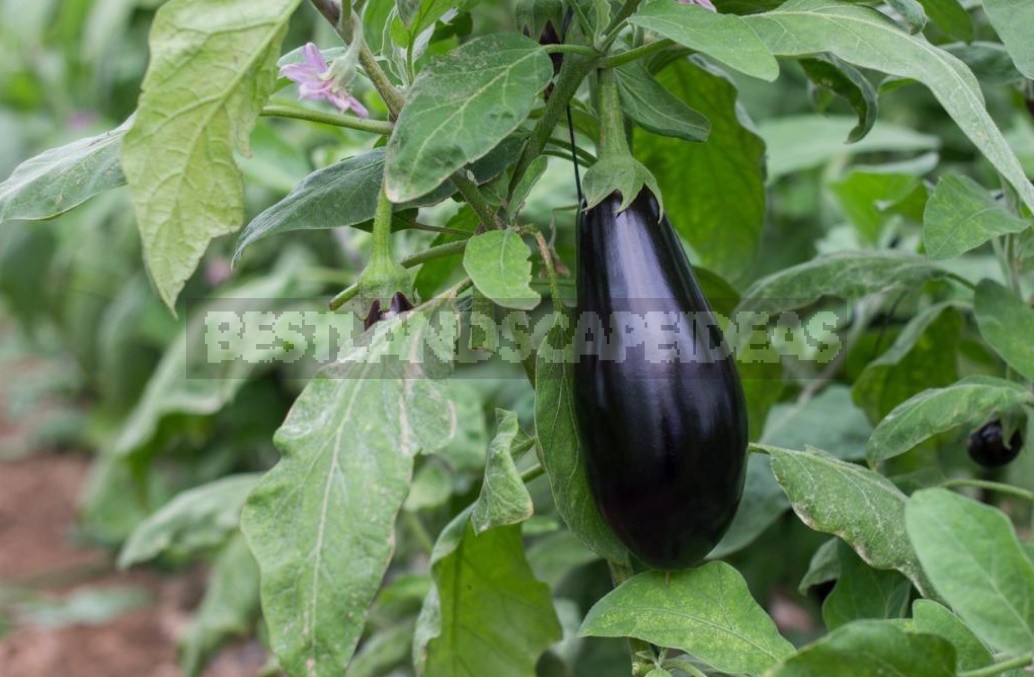
Cottagers have long noticed: to make the harvest happy, only watering is not enough — eggplants need to be regularly fertilized. And if everything is more or less clear with watering, then with fertilizing-solid unknowns: when, how, what? This is not an easy question, but we will try to clarify it.
Why try it? Yes, because the conditions are different for everyone, and a single recipe for fertilizing, equally effective for everyone, simply does not exist. For example, I have no problems growing eggplants in the open ground, since the climate favours this, and another gardener can only count on a corner in the greenhouse. Therefore, I am very careful about universal recommendations — I look closely, evaluate, try on the conditions of my site, which I advise you to do.
What conditions should be considered
Admittedly, I learned to be careful not immediately and not by choice: taking on faith the advice of “garden literates”, which on the Internet spread like aphids on roses in a bad year, filled a lot of bumps. But the science was not in vain: I started acting on the principle “the more conditions are known, the easier it is to solve the problem”. So, what and why we need to know.
1. Soil type
Light sand and sandy loam can not retain moisture, so solutions of mineral fertilizers will quickly be washed out of the root zone by irrigation or precipitation. Heavy dense loam poorly pass air, compacted from frequent watering, quickly dry out. Loams (light and medium) are most preferable for growing eggplants. In General, it never hurts to know the type of soil on your site. And remember: even poor land is not a sentence, you can and should improve the structure and increase fertility.

2. Predecessors
It is no secret that each crop impoverishes the soil in its own way, that is, it takes out a certain composition of nutrients. What and how much, an ordinary cottager can not calculate, but at least approximately estimate how poor the land in the garden, we can still: for sure, parsley needed less nutrition than, for example, tomatoes or pumpkins.
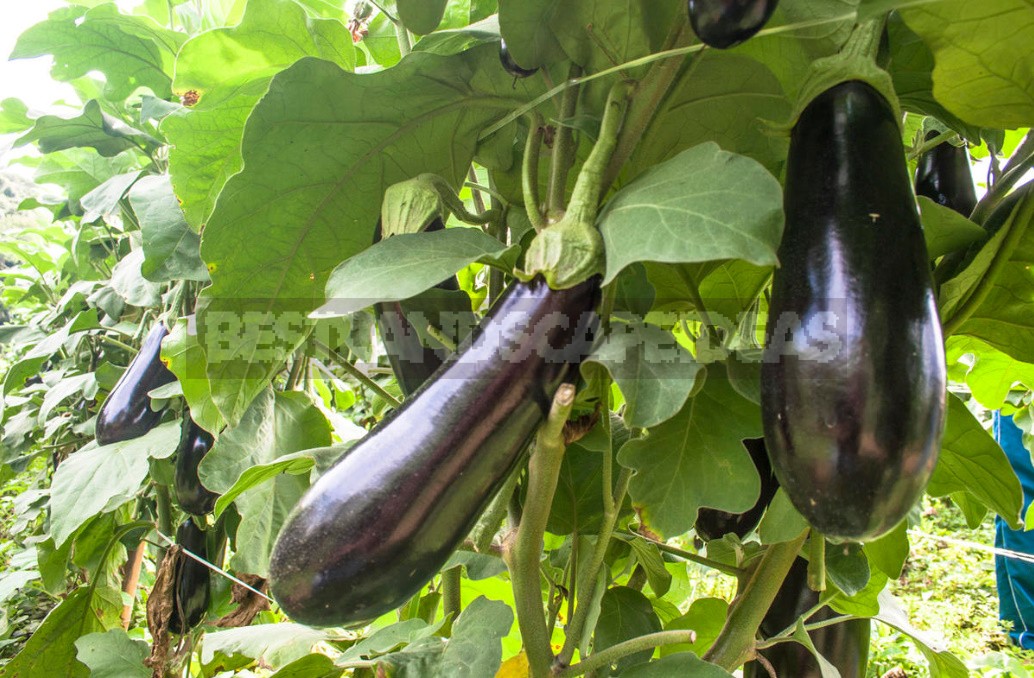
Well, let’s not forget about the crop rotation: the bed on which Solanaceae was grown, it is desirable not to use eggplants for 3-4 years. The best precursors for them will be carrots, pumpkins, zucchini, beans, cabbage, cucumbers. Do not neglect these simple tips, crop rotation is a very useful agricultural technique! For a long time I dismissed it as an empty idea, but how wrong I was.
Fertilizer rules
An eternal topic for hot debates of gardeners! But we will not argue, leaving each cottager the right to their own opinion: many of us grow eggplants for a long time, and by trial and error managed to find their ideal option of fertilizing.
To begin with, I want to voice a few conditions for successful fertilization, with which all gardeners will surely agree:
- do not go to extremes — as a complete rejection of mineral fertilizers, and excessive enthusiasm for them will not bring benefits. In the first case, you will quickly Deplete even the black soil, in the second-grow vegetables stuffed with nitrates — salinization of the soil will lead to this end. In fairness, I note that it is quite possible to restore fertility without adding mineral water, but you will need much more effort;
- alternate organic and mineral fertilizing. Eggplants are big fans of a good meal, and this is understandable: the formation of fruits is a lot of nutrients that they take from the soil. Well, if there are few or none in the earth — the answer is obvious.
Eggplant feeding schedule
I admit that I began to use mineral fertilizers for vegetables recently, before that I did not want to hear about feeding with superphosphate or urea. I completely rejected all reasonable arguments, considering them the machinations of mineral fertilizer producers, and only year after year, the meagre harvests made me think. Since the flowerbeds and flower beds, which were not deprived of regular portions of mineral complexes, safely rampaged and bloomed, and next to the beds of lonely cucumbers and skinny tomatoes and peppers, I still listened to the voice of reason and looked at the fertilizer with different eyes.

After the first portion of liquid top dressing (I was unaccustomed to it, just in case I almost halved the recommended dose from the manufacturer) , my exhausted eggplants and tomatoes instantly cheered up, straightened their leaves, acquired a “healthy complexion” and quickly started to grow. The reaction to the fertilization was so obvious that I gave up: since then, mineral fertilizers have officially gained access to my vegetable beds. Gradually, this is the order of feeding.
Preparing the soil in autumn
I mentioned above about the removal of nutrients. So, experts recommend preparing the soil for a specific culture, and not to make up for a certain removal of certain fertilizers. Therefore, I arrange a bed for eggplants, carefully filling it with organic and mineral water: for autumn digging, I bring 9-10 kg of compost or humus to 1 m², 250-300 g of wood ash and a little-40-50 g of nitrophosca. For sure, supporters of natural agriculture will not agree with me, but I will still voice my opinion: you need to dig with a bayonet shovel, no less. Perhaps, on lighter soils, you can do with loosening, but with Chernozem this number will not pass: during the winter, rains (snow is rare in our country) will so compact the earth that in the spring you can only make a hole for planting seedlings with a shovel.
Feeding during planting
In the hole, add 1 teaspoon of superphosphate, 1-2 handfuls of compost and the same amount of wood ash. After planting, I immediately mulch the holes with hay or straw stored in the fall.

Feeding in 20-25 days after planting
Yes, I know that many people start fertilizing earlier, but I’m not in a hurry. When I see that the eggplants have started to grow, it means that they have recovered from the transplant, it’s time to treat them. The first thing I always do is organic fertilizing — most often “green fertilizer” from fresh grass. A week later, I treat the stronger plants with a specialized composition for Solanaceae.
Fertilizing during flowering and fruit tying
During the flowering period, I make organic fertilizing. I prepare it in advance. It will require:
- fresh cow dung-0.5 buckets of 8 liters;
- wood ash (for it I try to prepare birch choppers) – a Bank of 1 l;
- nettle or woodlouse (chopped greens) – a bucket of 8 l.
I put everything in a 50-liter barrel, fill it with water and cover it with a lid. Periodically (when I remember) I mix it. After 5-8 days, the miracle feeding is ready. In my favorite 8-liter bucket, I pour 2 liters of ready-made composition, add 6 liters of water and water the eggplants. It is usually recommended to give 1 liter under the Bush, and I do not exceed the norm, although it always seems that 2 liters would be better.
The composition of the menu and the frequency of fertilizing remain unchanged until the second or third week of fruiting. From this time, I start feeding with potassium sulfate (1 teaspoon per 10 liters of water).
If winter is already on the threshold, and there are still unripe fruits on the bushes, you need to help them Mature — phosphorus fertilizing on the leaf is exactly what you need.
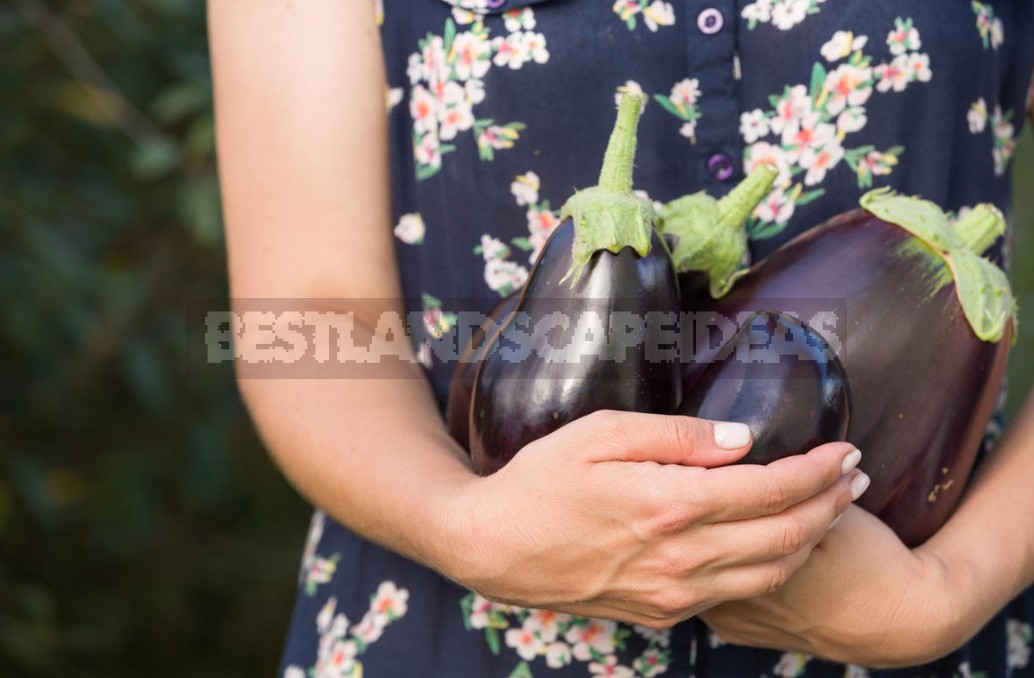
It is possible, and even probable, that my way of dressing eggplant is not suitable for everyone. But you don’t have to blindly copy the experience of others. I think it is important to share the results of experiments, searches, and successful solutions. Therefore, I will be happy to tell you about your experience in eggplant fertilization, because mineral fertilizers have recently been registered in my garden, perhaps I missed some important features of their application.
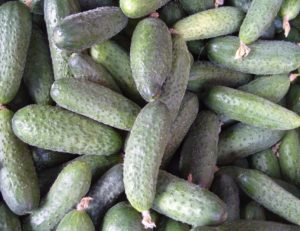
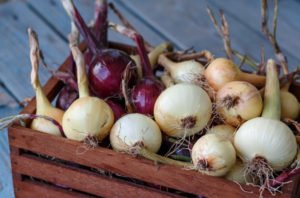
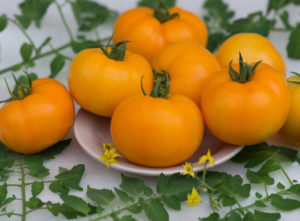
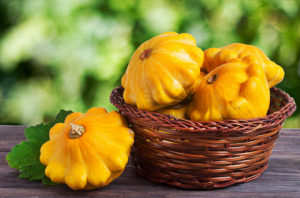
Leave a Reply